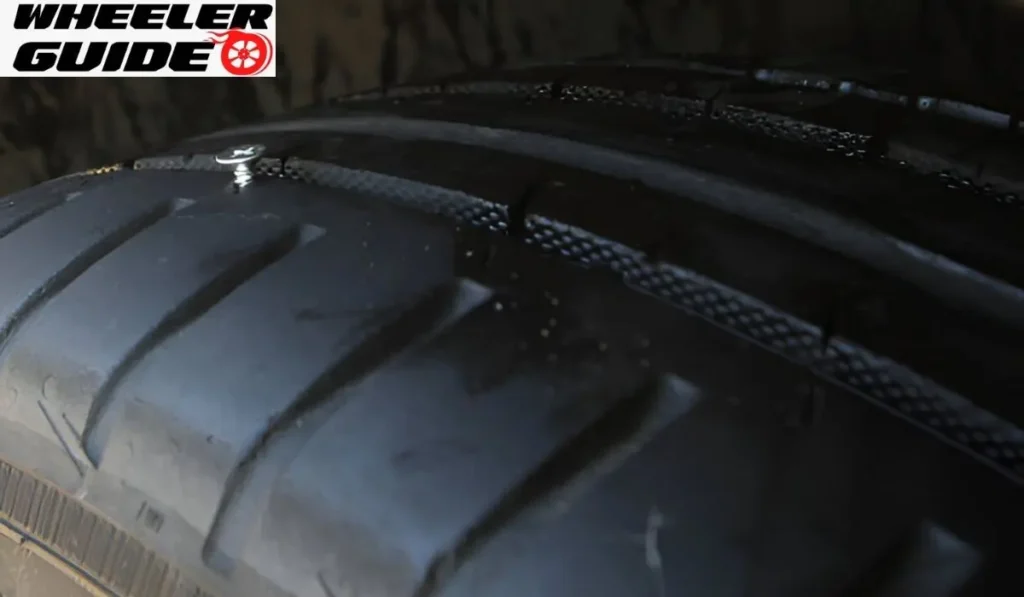Slow tire leaks can be a real pain for drivers. They lead to low tire pressure, which affects your car’s handling and fuel economy. Plus, you might find yourself having to add air more often than you’d like.
There are several reasons why tires lose air slowly. Tire punctures, damaged valve stems, and wheel rim issues are common culprits behind slow leaks. Each of these problems has its fix, ranging from simple repairs to more complex solutions.
Knowing what causes slow tire leaks can help drivers spot issues early. This knowledge also helps in deciding whether to try a DIY fix or take the car to a professional. Let’s explore the main reasons for slow tire leaks and learn how to address them.
Understanding Tire Leak Basics
Slow tire leaks can be tricky to spot but can cause serious problems if left unchecked. Knowing the signs and using available tools can help drivers catch issues early.
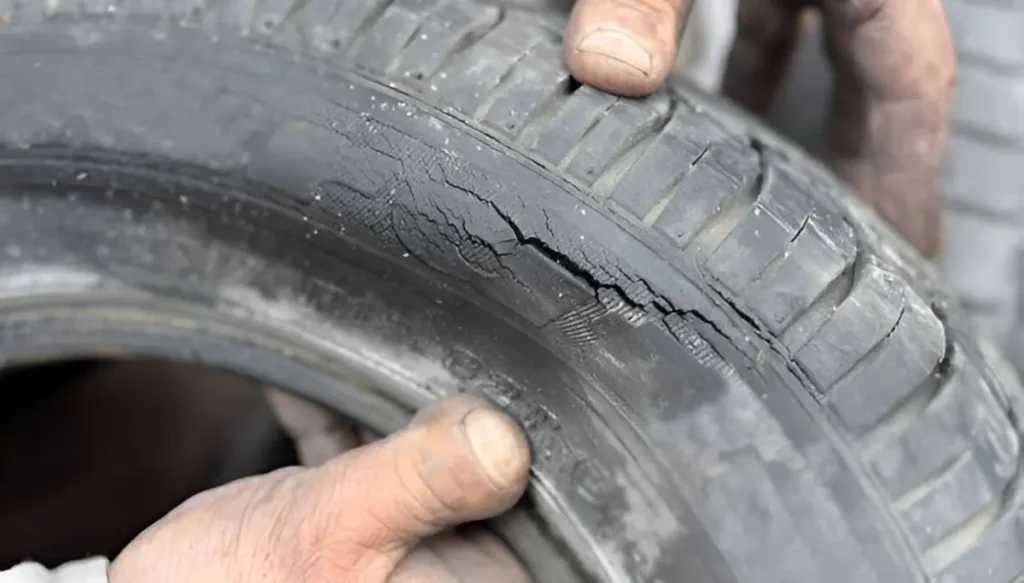
Defining Slow Tire Leaks
A slow tire leak is a gradual loss of air pressure over time. It’s different from a sudden flat tire. Drivers might not notice the problem right away. Slow leaks can happen for many reasons. Small punctures, damaged valve stems, or wheel rim issues are common causes.
Underinflated tires are dangerous. They can lead to poor handling, reduced fuel efficiency, and even blowouts. Regular visual checks are important. Look for nails or other objects stuck in the tire. Check for cracks or bulges in the sidewall. These can all cause slow leaks.
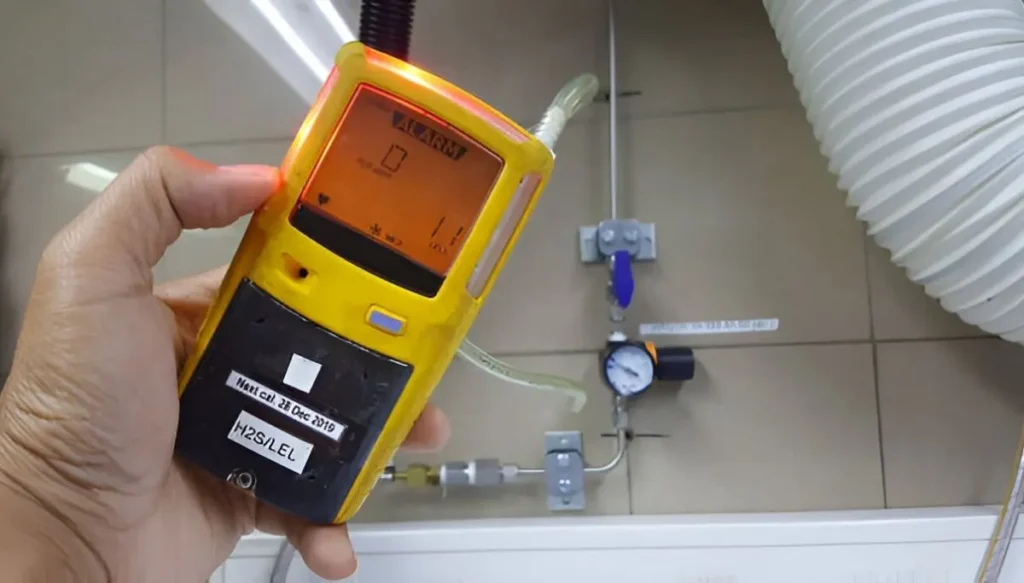
Role of TPMS in Leak Detection
The Tire Pressure Monitoring System (TPMS) is a helpful tool for detecting leaks. It alerts drivers when tire pressure drops below a safe level.
TPMS sensors are in each tire. They send real-time pressure data to the car’s computer. When pressure drops, a warning light comes on. This early alert can prevent damage from driving on underinflated tires.
But TPMS isn’t perfect. It might not catch very slow leaks right away. That’s why regular manual pressure checks are still important. Drivers should check tire pressure monthly. This helps catch issues the TPMS might miss. It’s a simple step that can prevent big problems down the road.
Common Causes of Slow Tire Leaks
Slow tire leaks can happen for various reasons. The most frequent culprits are valve stem issues, tire bead problems, and punctures or damage to the tire itself.
Valve Stem Issues
Valve stems play a key role in keeping tires inflated. They can wear out over time or get damaged. Valve stem damage often leads to slow leaks.
Signs of valve stem problems:
- Visible cracks or wear
- Loose or crooked stems
- Air escaping around the stem
To fix valve stem issues:
- Check for dirt or debris in the valve
- Tighten the valve core if loose
- Replace the entire valve stem if damaged
Regular inspections can prevent valve stem leaks. Drivers should clean valve stems and check for damage when adding air to tires.
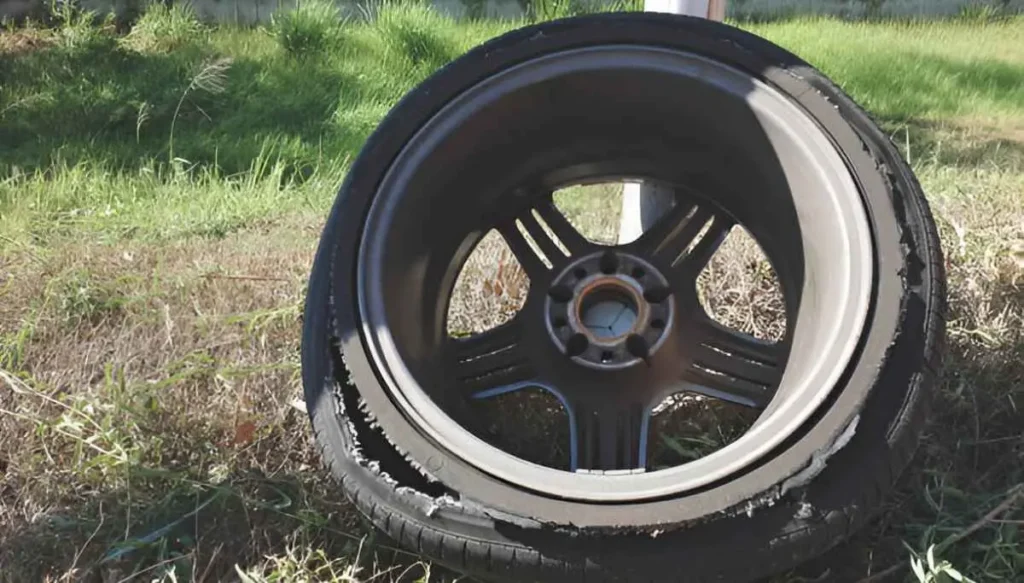
Tire Bead Imperfections
The tire bead is the edge that sits on the wheel rim. A good bead seal is vital for keeping air in the tire.
Common bead problems:
- Corrosion on the wheel rim
- Bent or damaged wheel
- Dirt or debris on the bead area
Fixing bead seal issues:
- Clean the rim and bead area
- Apply bead sealer
- Replace the tire if the bead is damaged
Proper tire mounting helps prevent bead leaks. Drivers should avoid hitting curbs or potholes, which can harm the wheel and bead seal.
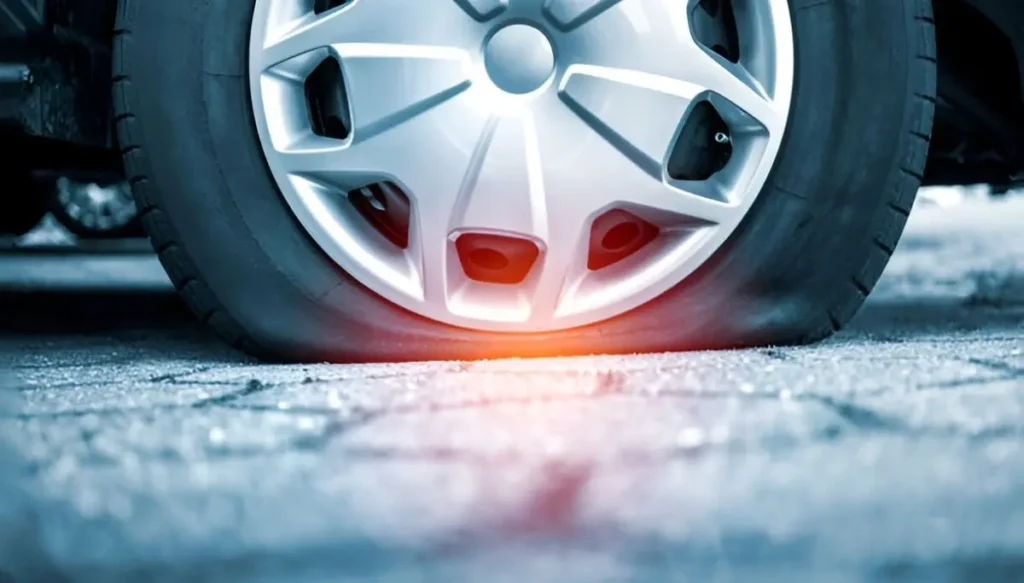
Punctures and Tire Damage
Tire punctures are a leading cause of slow leaks. Small objects like nails or screws can create tiny holes that let air escape slowly.
Types of tire damage:
- Punctures from sharp objects
- Cuts from road debris
- Sidewall damage from curbs
How to address tire damage:
- Find the leak using soapy water
- Patch small punctures in the tread area
- Replace the tire for sidewall damage or large holes
Regular tire checks can catch punctures early. Drivers should inspect tires for objects stuck in the tread and look for cuts or bulges in the sidewall.
Diagnosing and Locating Leaks
Finding a tire leak can be tricky. Two key methods help pinpoint the problem: using soapy water and checking for wheel damage. These techniques can save time and money by quickly identifying the leak source.
Using the Soapy Water Method
Soapy water is a simple yet effective way to find tire leaks. Mix dish soap with water in a spray bottle. Spray the solution on the tire, focusing on the tread, sidewalls, and valve stem.
Look for bubbles forming on the tire surface. Bubbles indicate escaping air. Pay close attention to the valve stem, as it’s a common leak spot.
For thorough inspection, rotate the tire slowly. This helps check all areas. If bubbles don’t appear right away, wait a few minutes. Sometimes slow leaks take time to show.
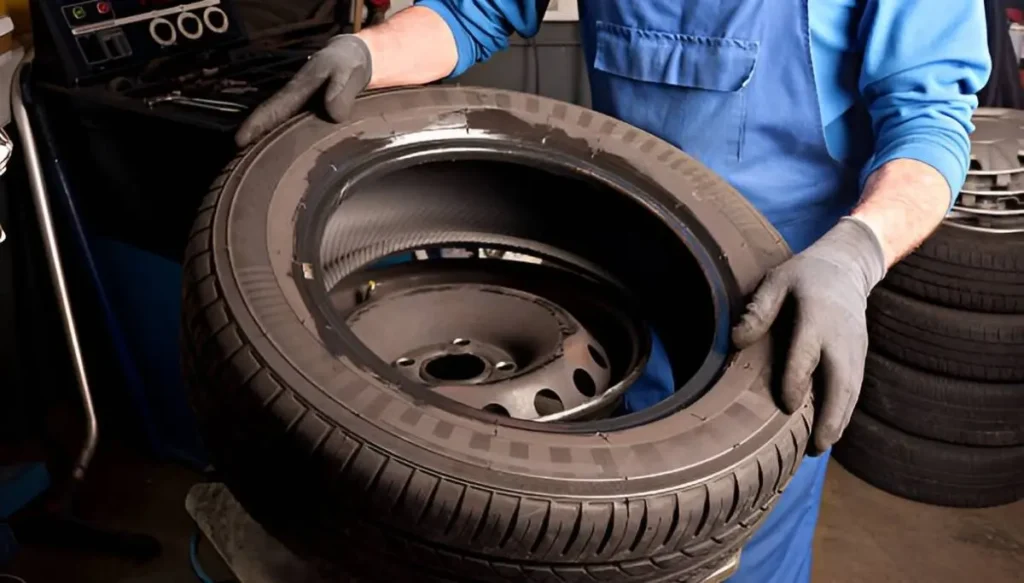
Inspecting for Wheel and Rim Damage
Wheel and rim damage can cause slow leaks. Check the rim where it meets the tire. Look for bent or cracked areas. Even small dents can break the seal between tire and rim.
Examine the wheel for signs of impact damage. Hitting potholes or curbs can cause hidden issues. Run your hand along the rim to feel for rough spots or irregularities.
Check for corrosion on alloy wheels. Rust can create tiny gaps where air escapes. If you spot damage, a professional assessment may be needed to determine if repair is possible.
Repairing and Preventing Tire Leaks
Fixing tire leaks quickly helps keep your car safe and efficient. Regular checks and proper maintenance can stop many leaks before they start.
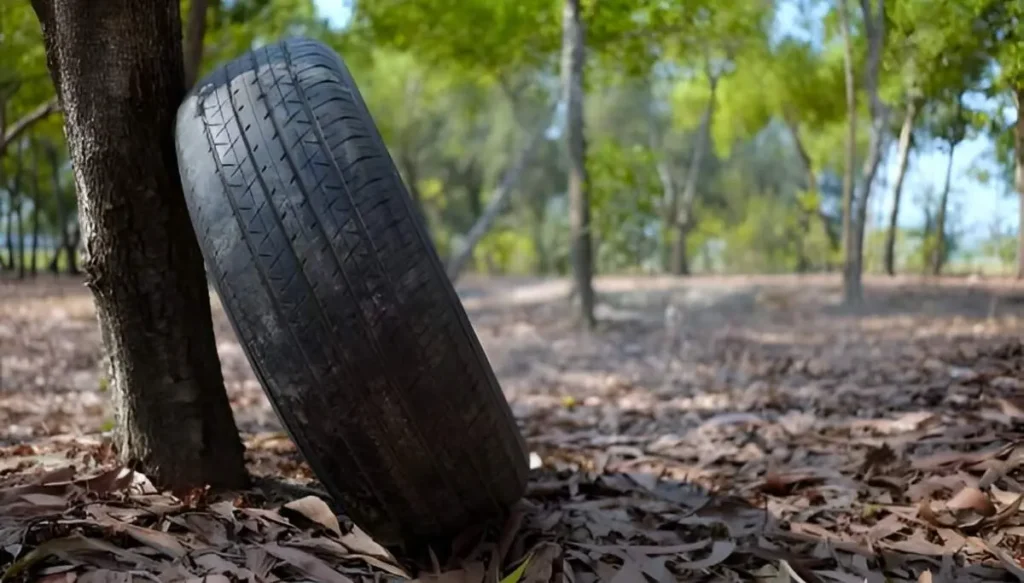
Fixing Valve Stems and Tire Beads
Valve stem damage often causes slow leaks. To fix this, remove the old valve stem and install a new one. It’s a simple job that can be done at home with basic tools.
For leaky tire beads, clean the rim and tire bead area. Apply bead sealer to create a tight seal. This stops air from escaping where the tire meets the wheel.
Sometimes the wheel itself is damaged. Small dents or bends in the rim can break the seal. A tire shop can often fix minor damage. Badly bent rims may need replacement.
Professional Repairs and Tire Maintenance
Tire punctures need quick attention. Small holes can often be plugged or patched by a pro. Larger cuts may require a new tire.
Regular tire rotations help even out wear. This can prevent weak spots that lead to leaks. Most car makers suggest rotating tires every 5,000 to 8,000 miles.
Check tire pressure monthly. Proper inflation helps tires last longer and leak less. Find the right pressure in your car’s manual or door jamb sticker.

Influence of Proper Inflation on the Fuel Economy
Correct tire pressure is key for good gas mileage. Underinflated tires create more rolling resistance. This makes the engine work harder and use more fuel.
Tire pressure affects tread wear too. Even wear means longer tire life and fewer leaks. It also helps maintain good traction for safety.
For every 1 PSI drop in tire pressure, fuel economy can decrease by about 0.2%. That adds up over time. Keeping tires properly inflated saves money at the pump and helps avoid costly repairs.
Frequently Asked Questions
How can you repair a tire leak without finding a puncture?
Soapy water can help find invisible leaks. Apply it to the tire and look for bubbles. If no bubbles appear, the leak might be in the valve stem or wheel rim.
A tire professional can check these areas. They may need to remove the tire from the rim to inspect it thoroughly.
What are the costs associated with repairing a slow leak in a tire?
Repair costs vary based on the leak’s cause and location. Simple puncture repairs often cost $20-$40. Valve stem replacements typically range from $10-$30.
More complex issues like rim damage can be pricier. Always get a quote from a reputable tire shop before authorizing repairs.
Can tire sealants effectively fix slow tire leaks?
Tire sealants can temporarily fix small leaks. They work by filling punctures from the inside. But they’re not a permanent solution.
Sealants may interfere with future repairs. They’re best used in emergencies to get to a repair shop safely.
What methods are available to locate a slow leak in a tire?
Visual inspection can spot obvious damage. The soapy water method is effective for finding small leaks.
Submerging the tire in water can reveal hard-to-find leaks. Professional shops use specialized equipment like electronic leak detectors for precise location.
Is it safe to drive with a tire that is slowly leaking air?
Driving on a slowly leaking tire is risky. It can lead to uneven tread wear and safety issues.
Regular pressure checks are crucial. If pressure drops quickly, avoid driving and seek repairs immediately.
How do you identify the cause of air loss in a tire when there’s no visible puncture?
Check the valve stem for damage or looseness. Inspect the wheel rim for bends or cracks.
Look for tiny objects embedded in the tread. Sometimes, slow leaks come from nearly invisible punctures or porosity in the rubber.
